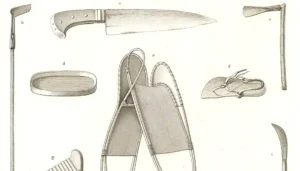
The Matao Iron Trade Part 3: Appropriation and Entanglement
The matao fashioned the iron they acquired from trading with visiting ship crews into traditional tools, including punches, drills, fish hooks and adze blades. The

The matao fashioned the iron they acquired from trading with visiting ship crews into traditional tools, including punches, drills, fish hooks and adze blades. The

Between 1565 and 1665, Guam’s southwest coast received sporadic visits from Spanish vessels, including the first wreck of a trade galleon (San Pablo, 1568), as
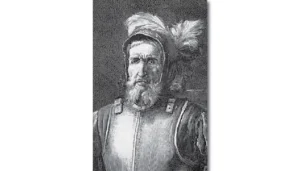
Members of the matao, the highest-ranking strata of Mariana Islands society in the 16th and 17th centuries, carried on the first sustained cultural interaction and
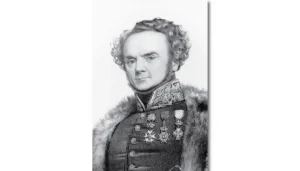
Dr. Alexander M. Kerr of the University of Guam translated Joseph Paul Gaimard’s 1819 glossary of CHamoru words assembled while he was on Guam in
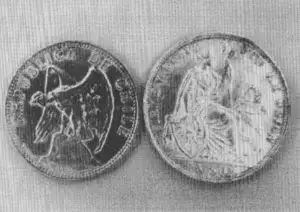
The early years. A method of barter was in common use by native CHamorus long before the Spaniards arrived in Guam in the 16th century.
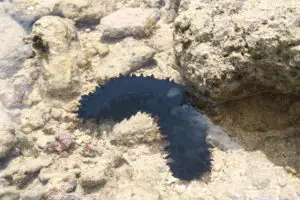
The 19th century trepang trade was a profit-driven industry throughout the Pacific, most notably in Melanesia and the western Pacific, and lasted as a viable
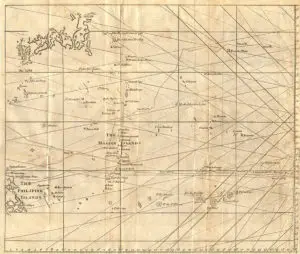
The Treaty of Zaragoza was ratified in 1529 between the king of Spain and Emperor Charles V, and João III of Portugal, regarding the areas
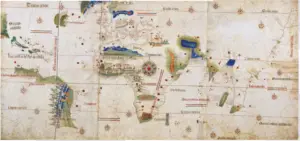
The Treaty of Tordesillas was ratified by the Crown of Castile and the King of Portugal in 1494. The treaty divided the newly discovered lands
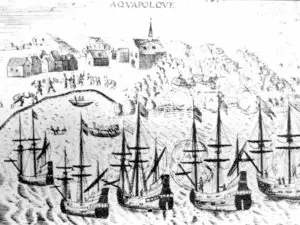
Pedro Sanchez Pericon was the captain of the Spanish galleon San Geronimo (also referred to as San Jerónimo), the ill-fated ship that began the famed
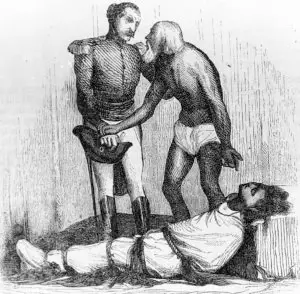
Guam of the late-18th century only had a population of about 2,000. The CHamoru people were in a state of recovery following many years of